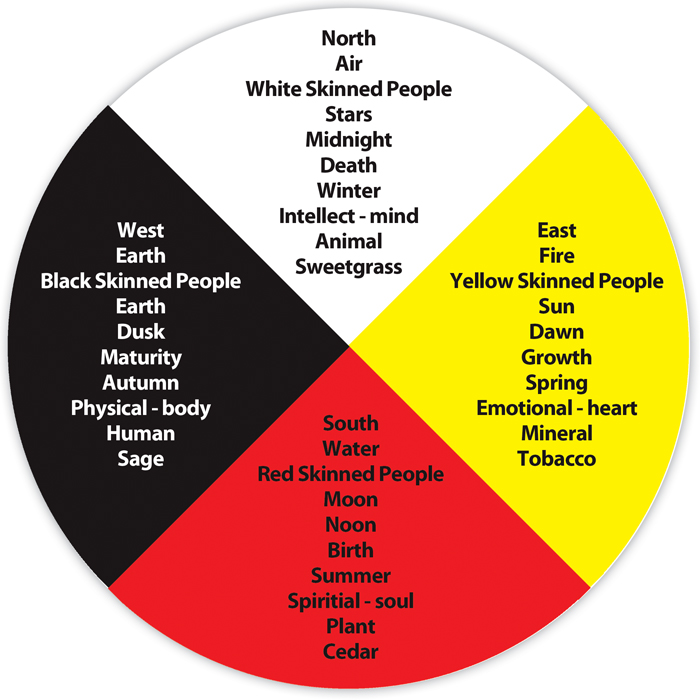Отряхиваясь от бремени белого человека
Sep. 28th, 2017 03:51 pm Официальной программой канадской провинции "Британская Колумбия" предлагается каждый год приглашать в класс старейшин и прочих хранителей знания Индейских племён на уроки математики, чтобы они делились с учащимся своими знаниями.
Официальной программой канадской провинции "Британская Колумбия" предлагается каждый год приглашать в класс старейшин и прочих хранителей знания Индейских племён на уроки математики, чтобы они делились с учащимся своими знаниями."Engage in problem-solving experiences that are connected to place, story, cultural practices, and perspectives relevant to local First Peoples communities, the local community, and other cultures."
"Incorporate First Peoples worldviews and perspectives to make connections to
mathematical concepts."
Эти два абзаца повторены 10 раз в учебной программе по математике канадского штата "British Columbia" - для каждого класса, начиная с детсадовского и заканчивая девятым.
https://curriculum.gov.bc.ca/sites/curriculum.gov.bc.ca/files/pdf/mathematics_learning_standards.pdf
На сайте канадского издательства учебников "Nelson" данная инициатива расшифрована более подробно:
http://www.nelson.com/bc/wp-content/uploads/2016/10/BC-Math-Boost-Curriculum-Change-Chart.pdf
First Peoples Knowledge and Perspectives are woven into every curriculum topic
and skills and processes. Suggestions to invite First Peoples Elders and Knowledge
Keepers to share their knowledge is expected throughout the grades.
В детском саду: Emphasis on First Peoples contexts such as counting in First Peoples languages, fish drying and sharing for equality and balance, repeating patterns in First
Peoples art, financial literacy as trading for equal value
В первом классе: Emphasis on First Peoples contexts such as First Peoples languages for ounting, using nature materials for number activities, relating seasons and moon cycles to probability, trade games with furs and tools connected with financial literacy
Во втором классе: Emphasis on First Peoples contexts such as number activities for seating
arrangements at ceremonies/feasts, storytelling, finger weaving patterns, traditional orthwest coast First Peoples shapes, salmon sharing and equality, traditional methods for locating
В третьем классе: Emphasis on First Peoples contexts such as harvest and traditional
calendars, geometry related to pit houses and bentwood boxes, cedar basket patterns, Yup’ik border patterns, a trading game for Oolichan oil, caribou skins, beaver skins, canoes, halibut
В четвертом классе: Emphasis on First Peoples contexts such as patterns in fish stock in lakes, Yup’ik patterns, dividing using Tlingit numbers, balance and symmetry in canoes and kayaks, fish drying for multiplication and division, First Peoples games and
probability
Ладно, прыгнем к самому концу:
Седьмой класс: Emphasis on First Peoples contexts such as number stories, drum making, dreamcatchers, baskets and quill box making, Haida legends, bentwood boxes, birchbark scrolls, jewelry making, medicine wheel, tide pools
Зато:
Addition and subtraction facts to 20 are a focus from Grade 2 to Grade 5, with a
different level of computational fluency expected from grade to grade. Multiplication and
division facts to 100 are a focus from Grade 3 to Grade 7, with a different level of
computational fluency expected from grade to grade.
На КДПВ, Medicine Wheel, часть математической программы седьмого класса.
no subject
Date: 2017-09-28 09:27 pm (UTC)Наоборот, я всячески приветствую плодотворное взаимодействие взаимное обогащение различных культур, тем более, что индейская культура явно более щадяще относится к окружающей среде и более глубоко проникает в суть души человека. И, как любой честный и порядочный человек, я полностью согласен и солидарен с политикой провинции "Британская Колумбия".
no subject
Date: 2017-09-28 09:37 pm (UTC)